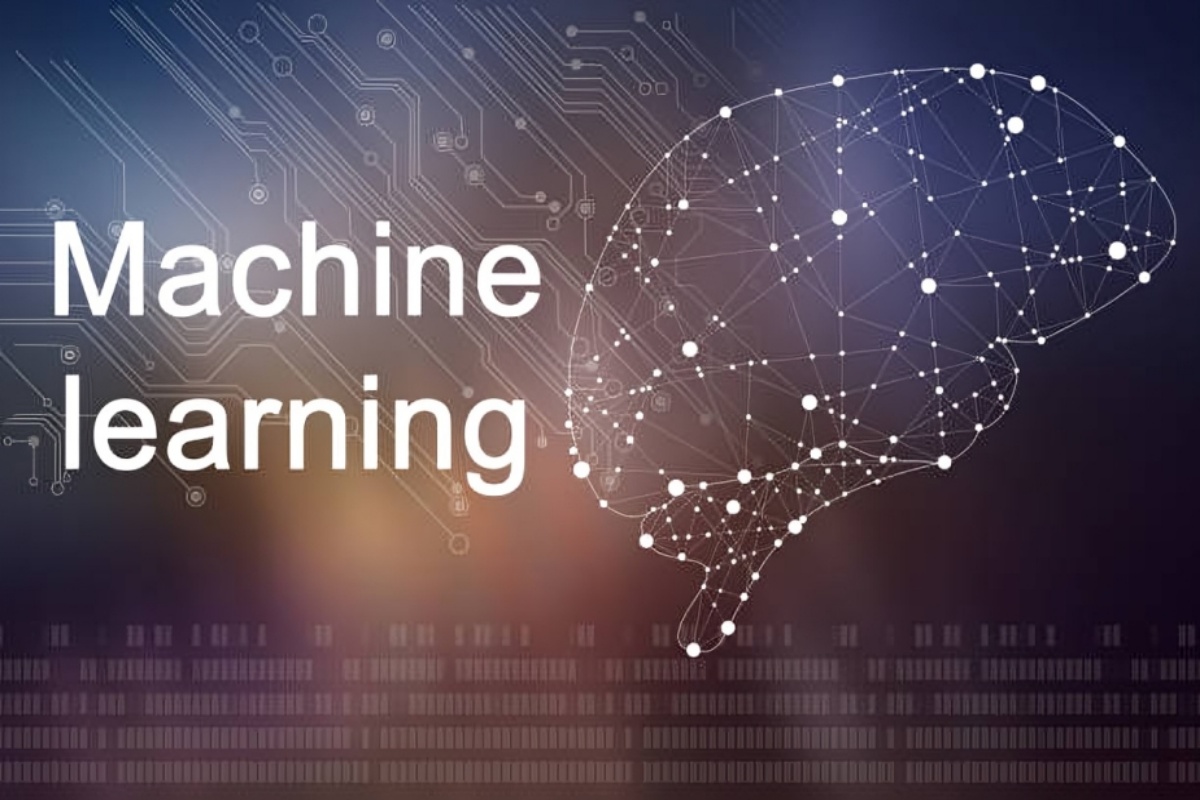Machine learning (ML) has long been one of the most exciting fields in computer science, enabling systems to learn from data and make decisions without being explicitly programmed. But a transformative shift is currently underway: artificial intelligence (AI) is not only driving the growth of machine learning—it’s revolutionizing how machine learning is developed, deployed, and evolved.
This might sound paradoxical—after all, isn’t machine learning a subfield of AI? Indeed it is. But with advancements in AI models, particularly generative AI and automation tools, we are seeing a new wave where AI technologies are being used to enhance, optimize, and even automate aspects of the machine learning lifecycle itself.
In this blog, we’ll dive deep into how AI is transforming machine learning—from data preparation to model design, optimization, deployment, and beyond.
1. The Evolution of Machine Learning and AI: A Brief Overview
Before we delve into how AI is transforming ML, it’s essential to understand the relationship between the two:
- Artificial Intelligence (AI): The broader field concerned with creating systems that can simulate human intelligence.
- Machine Learning (ML): A subset of AI that focuses on algorithms that can learn from data to make predictions or decisions.
Traditionally, machine learning has relied heavily on manual feature engineering, human-designed models, and significant trial-and-error experimentation. But with the rise of AI-driven tools, much of this manual work is being automated—ushering in a new era of AutoML (Automated Machine Learning) and AI-augmented ML.
2. AI-Powered Data Preprocessing and Feature Engineering
One of the most labor-intensive stages of the ML pipeline is data preprocessing: cleaning, organizing, labeling, and preparing data for modeling.
How AI Helps:
- Automated Data Cleaning: AI algorithms can detect outliers, missing values, and inconsistencies in data, automating tasks that would otherwise take data scientists hours.
- Smart Labeling and Annotation: Tools like Amazon SageMaker Ground Truth and Google’s AutoML Vision use AI to automatically label datasets, which is especially beneficial in computer vision and natural language processing.
- Synthetic Data Generation: AI models such as GANs (Generative Adversarial Networks) can create realistic synthetic datasets to augment training data, particularly in fields with limited available data like medical imaging.
3. Automated Model Selection and Hyperparameter Tuning
Selecting the right algorithm and fine-tuning hyperparameters has traditionally been a trial-and-error process. AI is now transforming this into a systematic, efficient procedure.
How AI Helps:
- AutoML Frameworks: Tools like Google AutoML, Microsoft Azure AutoML, and H2O.ai automate model selection and tuning, allowing even non-experts to build high-performing ML models.
- Bayesian Optimization and AI-driven Search: These techniques help find the best model configurations with minimal computational cost.
Outcome: Faster model development cycles, improved performance, and democratization of ML development.
4. Neural Architecture Search (NAS): AI Designing AI
Neural Architecture Search (NAS) represents one of the most cutting-edge applications of AI in ML. It involves using AI algorithms to automatically design neural network architectures optimized for specific tasks.
Benefits of NAS:
- Uncovers novel architectures that outperform human-designed ones.
- Speeds up research and development in deep learning.
- Enables tailored models for edge devices with limited resources.
Companies like Google (with its AutoML Zero and EfficientNet) have already demonstrated that NAS can create state-of-the-art models for image classification and natural language processing.
5. AI-Driven Model Monitoring and Maintenance
Model performance can degrade over time due to data drift or changing user behavior. Traditional monitoring systems may not detect subtle shifts effectively.
AI’s Role in Model Monitoring:
- Anomaly Detection: AI can identify unexpected patterns in model inputs or outputs, helping teams catch issues early.
- Automated Retraining Pipelines: AI can trigger retraining processes when performance drops, ensuring that models stay accurate and relevant.
This continuous learning approach mimics human adaptability, bringing us closer to truly autonomous AI systems.
6. Reinforcement Learning and Meta-Learning: AI Learning to Learn
Two advanced areas where AI is reshaping ML are reinforcement learning (RL) and meta-learning:
- Reinforcement Learning: AI agents learn by interacting with environments, making it ideal for real-world applications like robotics, finance, and game playing (e.g., AlphaGo).
- Meta-Learning (“Learning to Learn”): AI systems that improve their own learning processes over time. They can adapt to new tasks with minimal data, making them incredibly versatile.
These techniques exemplify how AI is not just being applied to ML—but is fundamentally altering how learning itself is approached.
7. Democratizing Machine Learning Through AI
AI is enabling more people than ever to harness the power of machine learning. Thanks to intuitive interfaces and AI assistants, individuals with minimal coding experience can:
- Build predictive models
- Analyze large datasets
- Visualize trends and insights
- Integrate ML into business workflows
This democratization is essential for fostering innovation across industries—from healthcare and education to finance and agriculture.
8. Ethical Implications and the Road Ahead
While AI is revolutionizing ML, it also raises critical questions:
- Bias and Fairness: Automated systems can perpetuate biases present in data. AI can help detect and mitigate these biases, but only with proper oversight.
- Transparency: As AI models become more complex, explainability becomes harder. Techniques like SHAP and LIME help, but more is needed.
- Responsibility: Who is accountable when an AI-designed ML model fails?
As we move forward, combining technical advancement with ethical responsibility will be key to sustaining the AI-ML transformation.
Conclusion: A Synergistic Future
We are witnessing an extraordinary feedback loop: AI is enhancing machine learning, and in doing so, is accelerating its own development. This synergy is leading to faster innovation, smarter systems, and more accessible technology for everyone.
AI isn’t just a tool in the machine learning toolkit—it’s becoming the architect of the next generation of machine learning itself.
As research continues and AI systems become more capable, we can expect this relationship to deepen further—ushering in a future where machines not only learn, but help others learn better and faster.
Stay tuned to this space as we continue exploring the cutting-edge developments that are redefining the boundaries of artificial intelligence and machine learning.

